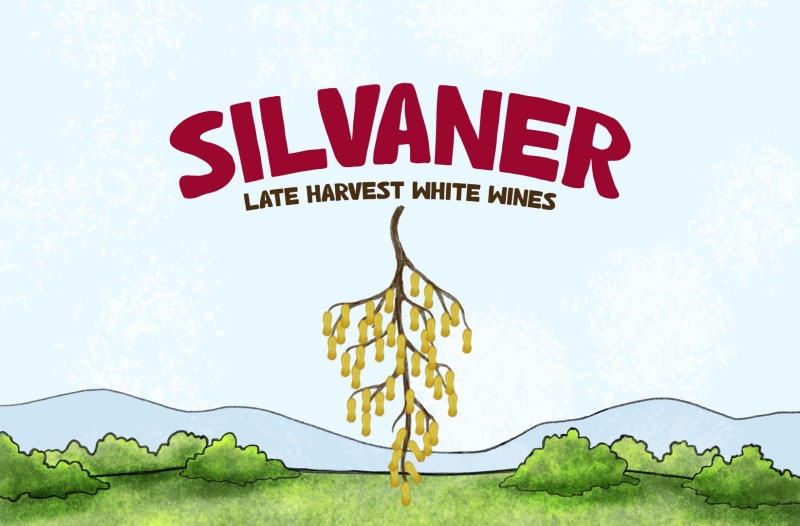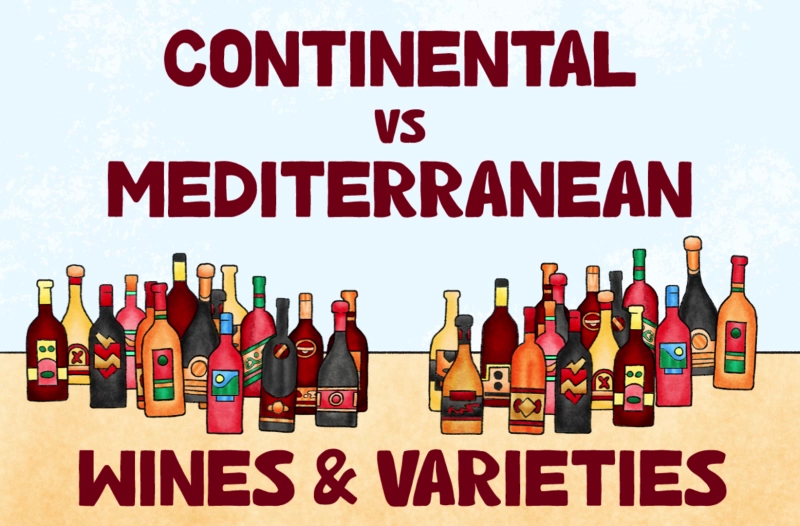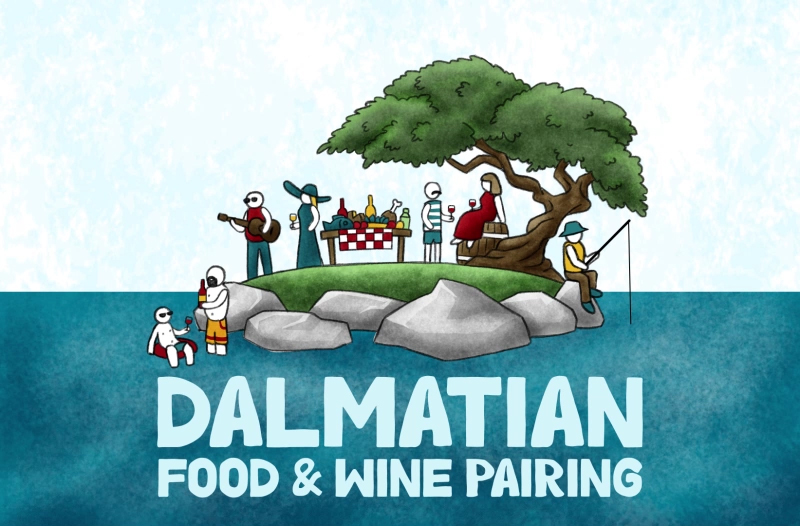The Japenese-Peruvian Culinary Delights in Zagreb City Centre, Hanami Restaurant
Nikkei cuisine, a combination of Japanese techniques and local Peruvian ingredients was a motivation for a newly opened Zagreb’s restaurant – Hanami. The same fusion of local, Croatian ingredients and Japanese cooking techniques, was a leitmotiv for chef Moto Mochizuki in creating a new spring menu.
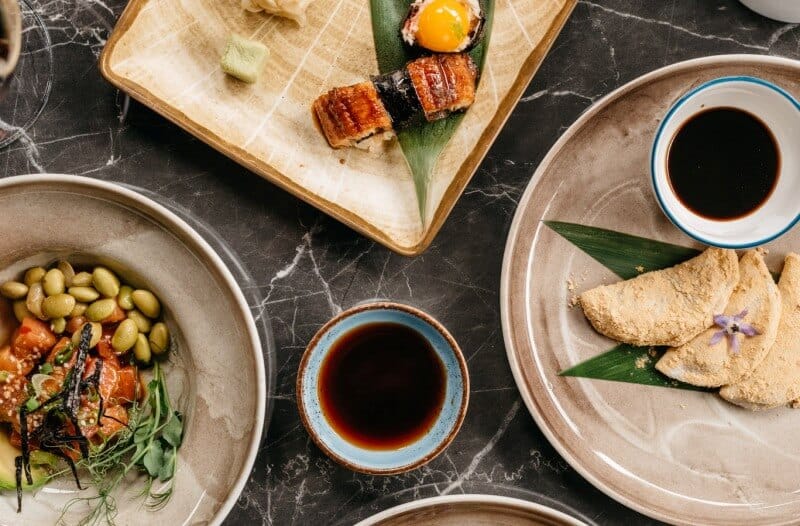
After 17 years of working for one of the most popular Japanese restaurants in Zagreb, chef Mochizuki is now in charge of the Hanami restaurant, settled in the very center of Zagreb, few steps from the cathedral. Hanami shares garden with one of the traditional Zagreb restaurants, Baltazar which will soon open its wine bar. Probably the most diverse backyard for hedonists, looking to explore new and old Croatian cuisine.
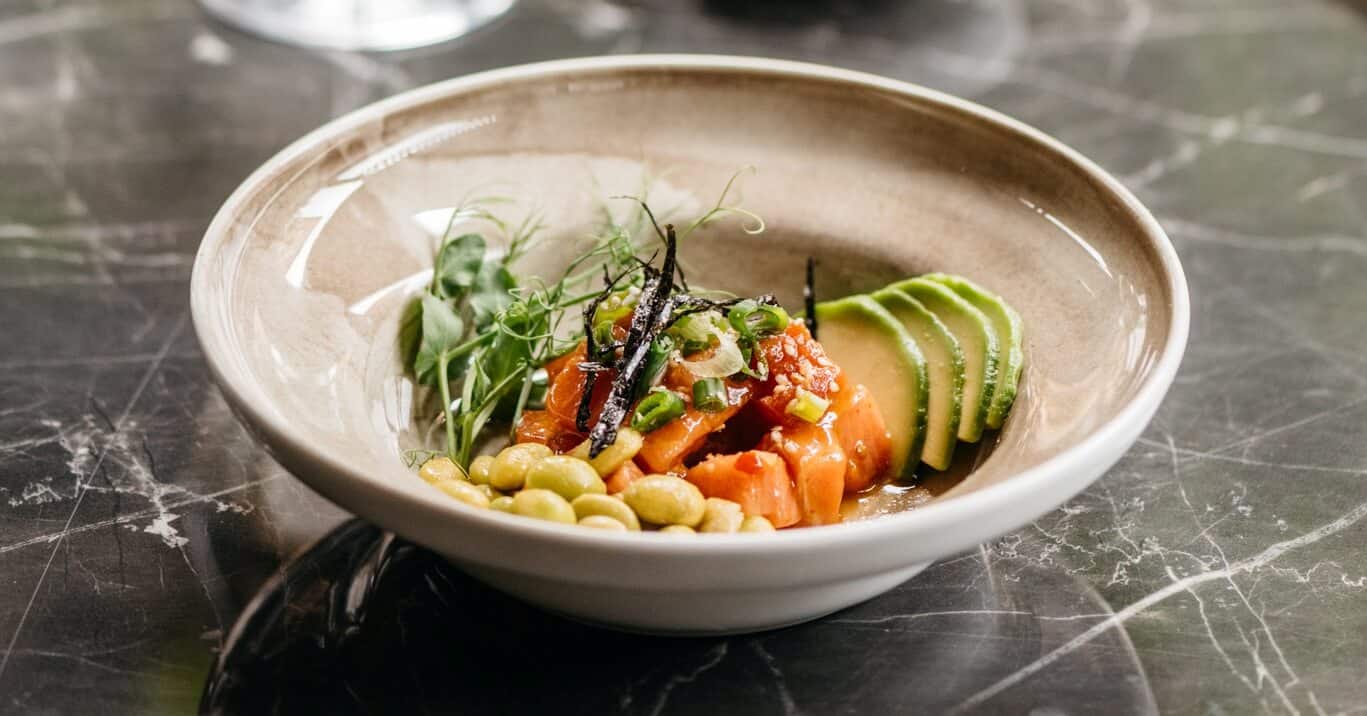
On the Hanami spring menu, you’ll find local ingredients, Japanese cooking techniques, and some attractive influence. Like ultra-popular Hawaiian Poke style of preparing fish. It means diced fresh fish, here they went for tuna, marinated in homemade Poke sauce. Ahi is tuna on Hawaiian, so look for Ahi Poke. It’s a bomb of flavors and spices.
Get to know your tuna! Otoro, chutoro and akami sushi
Depending on the taste and texture experience you are looking for in your tuna, Japanese cuisine made it a whole new dimension. In most Japanese restaurants, you’ll have otoro tuna, the most desirable part of the fish’s belly. It’s a bit more expensive part of the tuna, rich in fat and melts in your mouth.
The Hanami spring menu sushi is made with chutoro tuna, the smallest and hardest to get part of tuna. It takes a whole fish to make one chutoro sashimi. This is considered the medium toro, the taste between the decadent otoro and meaty akami. Otoro tuna meat is not that rich in fats, doesn’t display as heavy as otoro sometimes can and it has appealing crunchiness like akami.
On the new spring menu you’ll also find Yamato maki rolls, where Yamato is a cooking style. Tuna is first cooked in soya sauce, sugar and sake, a process that makes umami denser. Crunchiness in chef Mochizuki Yamato rolls comes from tempura flakes.
Sticky, soft and absolutely delicious Mochi for ending
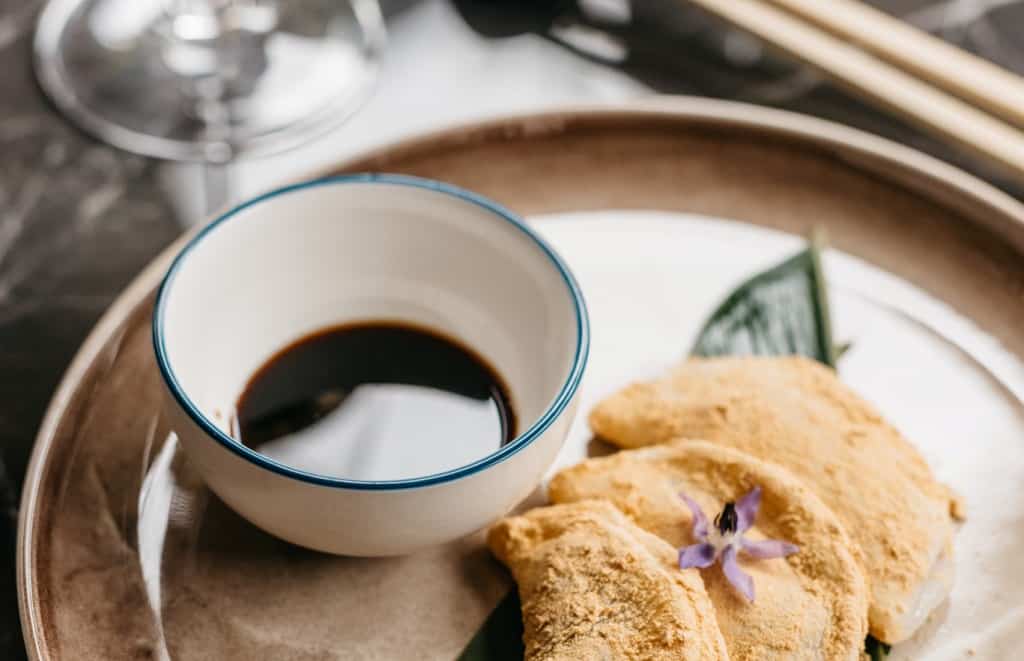
You can really feel the difference between factory-made mochi and the one that is prepared carefully in the restaurant kitchen. The texture doesn’t lie. With the combination of Japanese cooking techniques and our European need for filling, the new Mochi is filled with white chocolate ganache. Yes, usually you would eat mochi without the filling, but this small change in the recipe makes it feel more of European taste. And it tastes, sensational.
The creamy, mouth-watering feeling was the perfect end of our meal at the Hanami restaurant.
How to pair Japanese cuisine with the wine?
What perfectly followed our course of starters, sushi and maki rolls was locally produced Sauvignon Blanc. Made right next to Zagreb, on the rolling hills of Plešivica, the Korak family estate Sauvignon Blanc 2018. Is maybe not as expressive on the nose, as you’d probably expect from this variety. Instead, it offers subtle notes, perfect balance and medium body that allowed the dished to come through the wine, and paired perfectly with spicier notes in some dishes.

















